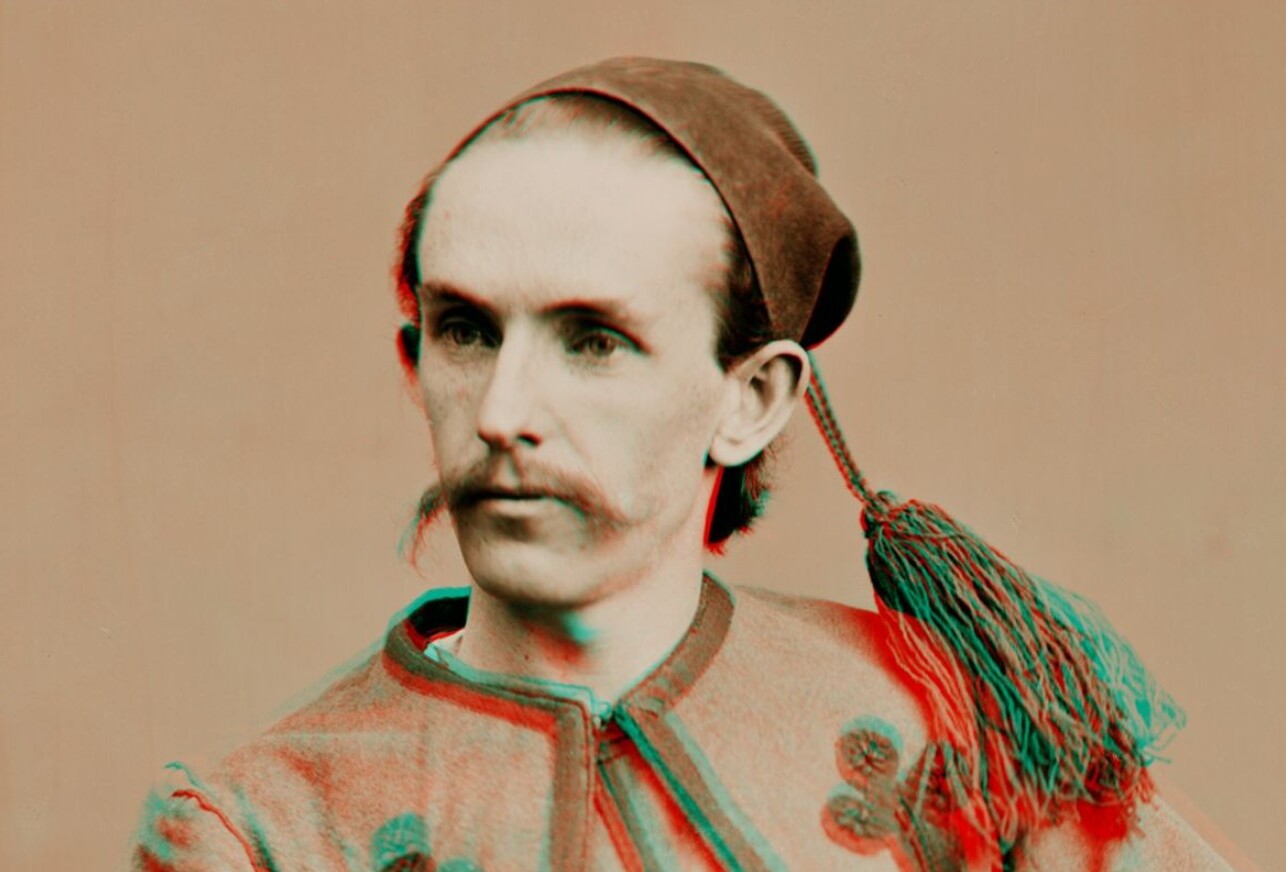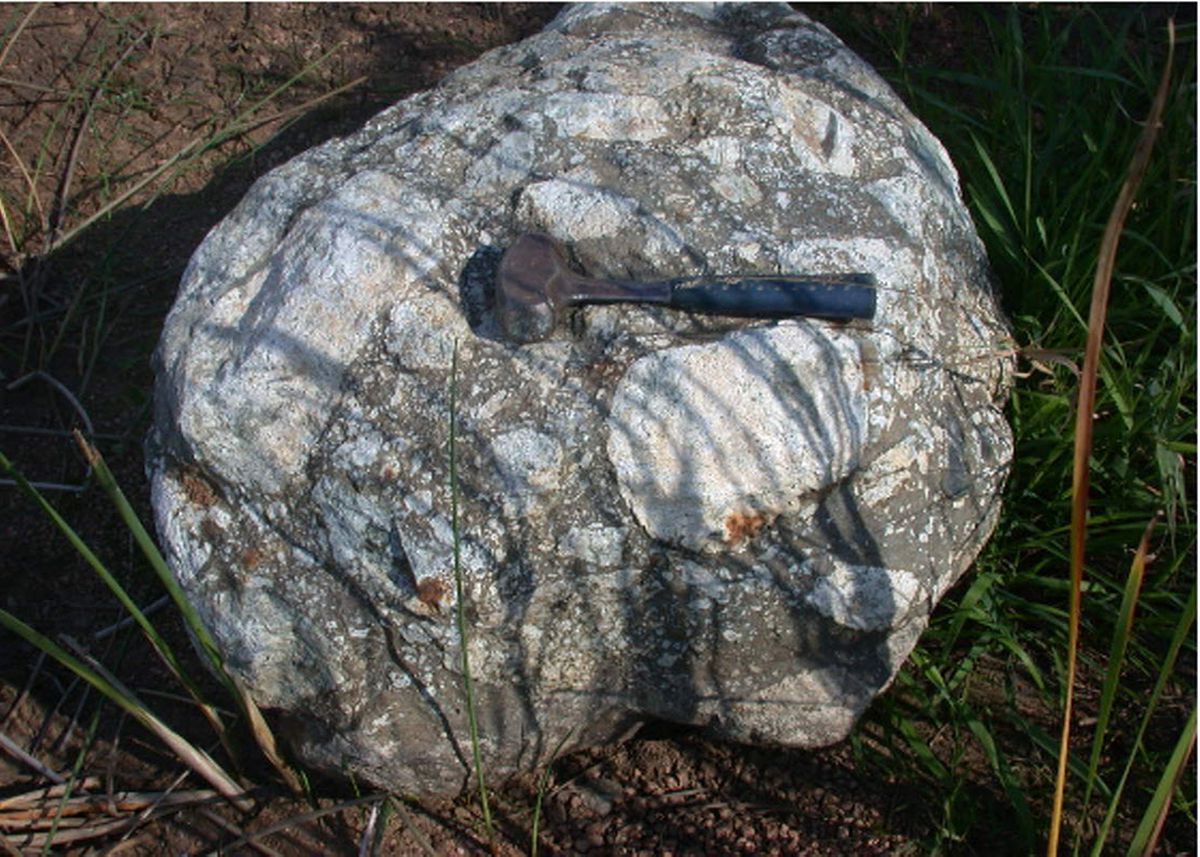
Who was John Surratt? John Surratt played a significant role in American history, especially during the Civil War era. Born in 1844, he became infamous for his involvement in the conspiracy to assassinate President Abraham Lincoln. John Surratt was a Confederate spy and courier, deeply entangled in the plots orchestrated by John Wilkes Booth. After Lincoln's assassination, Surratt fled the country, evading capture for years. His mother, Mary Surratt, was executed for her part in the conspiracy, making his story even more compelling. This blog post will delve into 40 intriguing facts about John Surratt, shedding light on his life, actions, and the historical impact he left behind.
Key Takeaways:
- John Surratt's life was filled with intrigue and controversy, from his involvement in the Lincoln assassination plot to his daring escape and capture. His story sheds light on the complexities of loyalty and betrayal during the Civil War era.
- Despite being overshadowed by more famous figures, John Surratt's legacy remains tied to a pivotal moment in American history. His life serves as a reminder of the turbulent times during and after the Civil War, and his story continues to captivate and intrigue.
Early Life and Background
John Surratt's life is a fascinating tale filled with intrigue and historical significance. Let's delve into some lesser-known facts about his early years.
- Born on April 13, 1844, in Washington, D.C., John Surratt was the youngest of three children.
- His mother, Mary Surratt, owned a boarding house in Washington, which later became infamous.
- John attended St. Charles College in Maryland, where he studied for the priesthood.
- He left college in 1862 to become a Confederate courier during the Civil War.
- Surratt was deeply influenced by his mother's Southern sympathies and Confederate connections.
Connection to Abraham Lincoln's Assassination
John Surratt's involvement in one of the most significant events in American history is both complex and controversial.
- He became friends with John Wilkes Booth, the actor who assassinated President Abraham Lincoln.
- Surratt was initially part of Booth's plan to kidnap Lincoln, not assassinate him.
- On the night of Lincoln's assassination, Surratt was in Elmira, New York, on a mission for the Confederacy.
- After the assassination, he fled to Canada to avoid arrest.
- His mother, Mary Surratt, was arrested and later executed for her role in the conspiracy.
Escape and Capture
John Surratt's escape from justice and eventual capture is a thrilling chapter in his life story.
- He traveled to Montreal, where he stayed in hiding for several months.
- Surratt then fled to Europe, using an alias to avoid detection.
- He joined the Papal Zouaves, a military unit in the Papal States, under the name John Watson.
- In 1866, he was recognized and arrested by U.S. officials in Egypt.
- Surratt was extradited to the United States to stand trial for his involvement in the Lincoln assassination.
Trial and Aftermath
The trial of John Surratt was a highly publicized event that captivated the nation.
- His trial began in June 1867, drawing significant media attention.
- Surratt's defense argued that he was in Elmira, New York, during the assassination.
- The jury was unable to reach a verdict, resulting in a mistrial.
- He was released from custody in 1868 after the government decided not to retry him.
- Surratt later worked as a teacher and a public lecturer, sharing his experiences.
Later Life and Legacy
John Surratt's later years were marked by a quieter existence, but his legacy remains tied to one of America's darkest moments.
- He married Mary Victorine Hunter in 1872, and they had seven children.
- Surratt lived in Baltimore, Maryland, for much of his later life.
- He worked for the Baltimore Steam Packet Company, also known as the Old Bay Line.
- Surratt avoided public attention, rarely speaking about his past.
- He died on April 21, 1916, at the age of 72.
Interesting Tidbits
Here are some additional intriguing facts about John Surratt that add depth to his story.
- Surratt's mother, Mary, was the first woman executed by the U.S. federal government.
- He was one of the last surviving members of the Lincoln conspiracy.
- Surratt's trial was one of the first major cases to be covered extensively by the press.
- His escape to Europe involved a perilous journey across the Atlantic.
- Surratt's involvement in the Papal Zouaves added an international dimension to his story.
Historical Impact
John Surratt's actions and their consequences had a lasting impact on American history.
- His connection to the Lincoln assassination remains a topic of historical debate.
- Surratt's trial highlighted issues of justice and due process in post-Civil War America.
- His mother's execution fueled discussions about the treatment of women in the legal system.
- Surratt's story has been the subject of numerous books and documentaries.
- His life illustrates the complexities of loyalty and betrayal during the Civil War era.
Final Facts
To wrap up, here are a few more facts that round out the picture of John Surratt's life.
- Surratt's boarding house is now a museum, preserving its historical significance.
- He maintained his innocence regarding the assassination plot throughout his life.
- Surratt's story is often overshadowed by the more famous figures involved in Lincoln's assassination.
- His life serves as a reminder of the turbulent times during and after the Civil War.
- John Surratt's legacy is a blend of infamy and intrigue, forever linked to a pivotal moment in American history.
The Final Chapter of John Surratt
John Surratt's life is a mix of intrigue, mystery, and historical significance. From his involvement in the Lincoln assassination plot to his daring escape and eventual capture, his story is a rollercoaster of events. His trial and subsequent acquittal left many questions unanswered, adding to his enigmatic legacy.
Surratt's life after the trial was relatively quiet, working various jobs and eventually settling down. His connection to one of the most pivotal moments in American history ensures his place in the annals of time.
Understanding Surratt's story gives us a deeper insight into the complexities of the Civil War era and the far-reaching consequences of the assassination. His life serves as a reminder of how individual actions can ripple through history, leaving lasting impacts.
Frequently Asked Questions
Was this page helpful?
Our commitment to delivering trustworthy and engaging content is at the heart of what we do. Each fact on our site is contributed by real users like you, bringing a wealth of diverse insights and information. To ensure the highest standards of accuracy and reliability, our dedicated editors meticulously review each submission. This process guarantees that the facts we share are not only fascinating but also credible. Trust in our commitment to quality and authenticity as you explore and learn with us.


